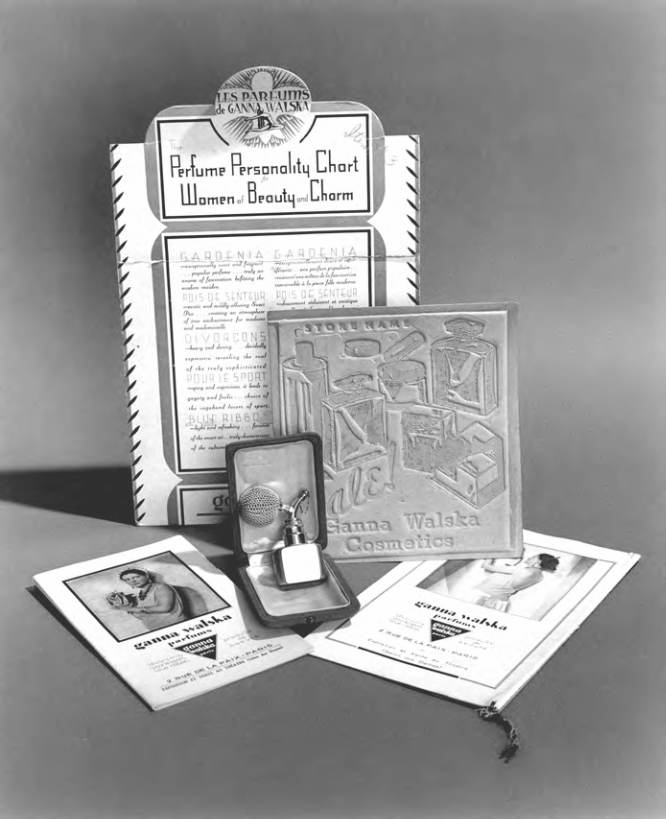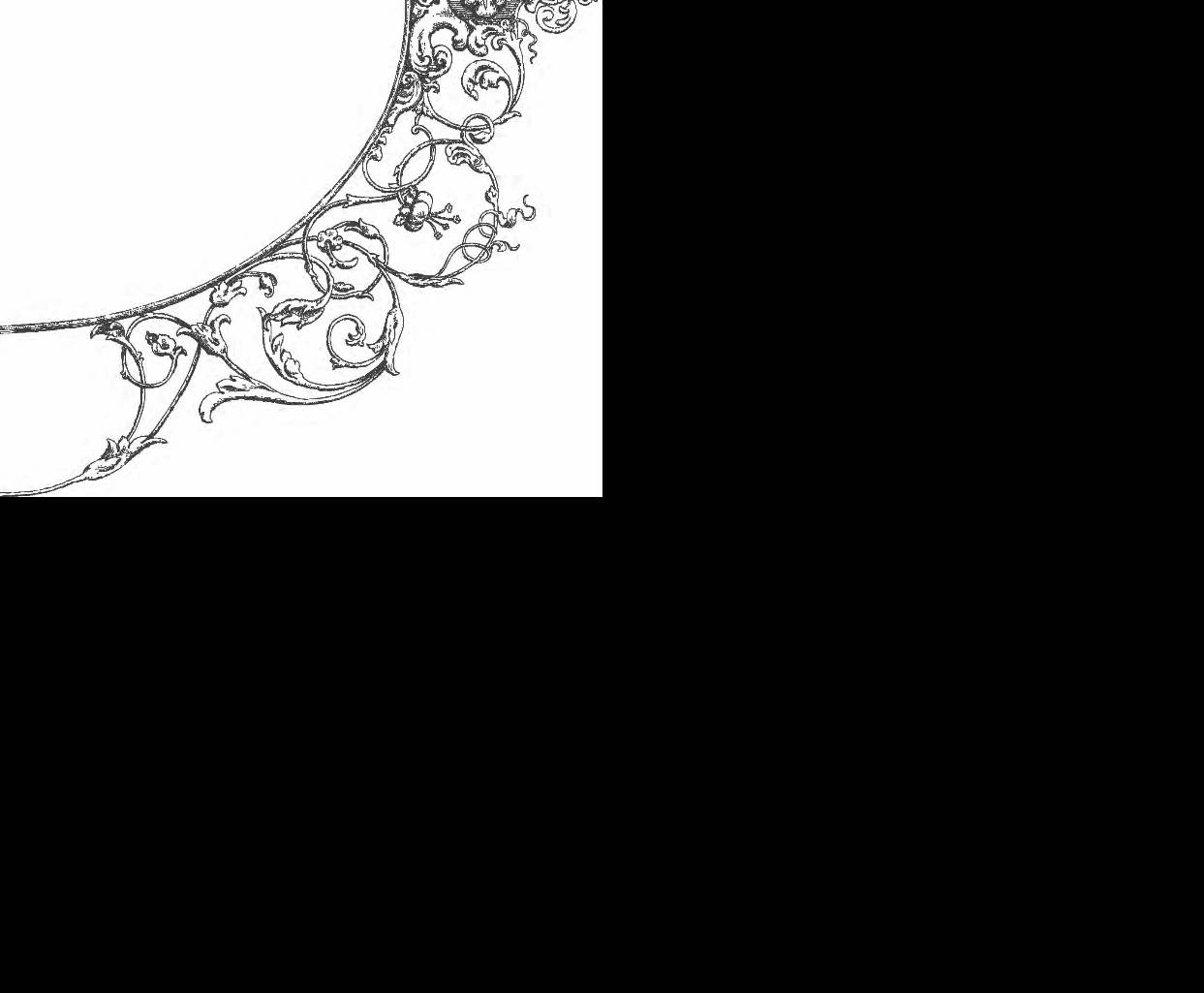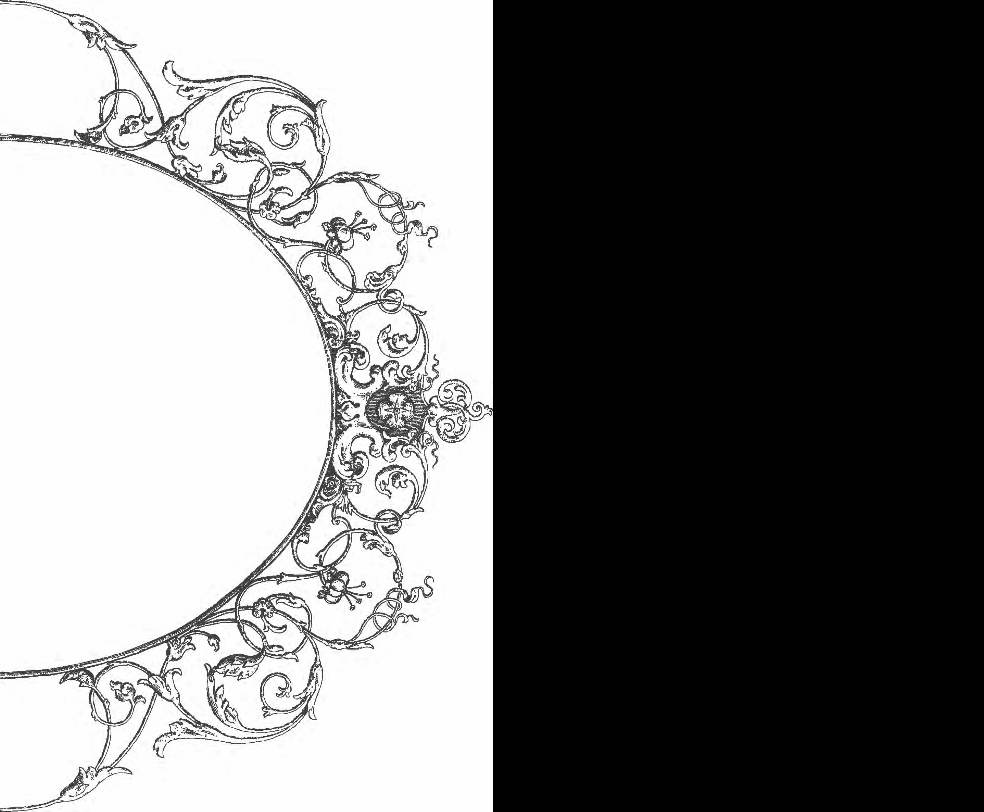Basic HTML Version







The elaborate masquerade balls that Walska had known in Russia
continued their popularity in Paris, with society ladies commissioning
fantastical get-ups from both famous couturier houses and theatrical
designers such as Léon Bakst and Erté. Seamstresses were busy keeping up
with fashion orders for both public performances of dance and opera, as
well as private wardrobes and special occasion costumes that were worn
only once.
Marchesa Casati
and the Comtesse di Castiglione
Before she moved to Paris, it’s certainly feasible that Ganna Walska
had heard of the Comtesse di Castiglione (1837-1899); she was widely
known as one of the greatest beauties of her generation in Europe, as
well as for being the mistress of Emperor Napoleon III. But if Madame
Walska hadn’t heard of the Comtesse, no doubt she learned of her
through one of her Parisian contemporaries, the Marchesa Luisa Casati
(1881-1957).
Casati’s scandalously extravagant lifestyle earned her a notorious
reputation. She also served as a muse to a variety of artists, writers and
fashion designers, from Man Ray to Jack Kerouac to Fortuny, to name but
a few. Casati idolized Castiglione, and for twenty years she collected jewels,
shoes and other items once possessed by the legendary beauty. In 1925,
when the Paris Opera held a charity ball with the Comtesse di Castiglione as
its theme, Casati won the right to portray her at the event, commissioning
Erté to design an extravagant costume for the occasion.
The Russian-born Erté, who created his pseudonym from the French
pronunciation of his initials R.T. (Romain de Tirtoff), was also a favorite
designer of Ganna Walska. Like Casati, she commissioned Erté to design
several costumes for her, including many for her favorite opera roles. One
could infer from Walska’s autobiography that she considered Luisa Casati a
rival, for she writes: “Over there, the extraordinary creature famous for her
ugliness was the ‘beautiful’ Marchesa Casati!”
Nevertheless, when Casati’s finances, ruined by her spendthrift lifestyle,
forced her to quietly sell her possessions, Ganna Walska snapped up her
collection of artifacts once owned by the Comtesse di Castiglione.
Sometime between 1921 and 1929, Walska also obtained (whether
from Casati or not is uncertain) photograph albums depicting images of
the Comtesse di Castiglione in a variety of dress. From elaborate ball gowns
to costumes inspired by various operatic and dramatic roles, Castiglione
commissioned over 400 photographs of herself. They were created in
collaboration with the French court photographer Pierre-Louis Pierson,
and made over a forty-year period from 1856 to 1895.
34
summer
|
fal l
This masterpiece of Rajasthan jewelry design has been known as The Doris Duke/
Ganna Walska Indian Arya Necklace ever since art collector and philanthropist Doris
Duke purchased it at the 1971 sale of Madame Walska’s jewelry collection. Created
in India using the ancient “kundan” method for setting the precious rubies, sapphires,
and diamonds, the technique was used until the 19th century, when “claw” settings
were introduced from the west. (Courtesy of the Doris Duke Charitable Foundation
Archives, Duke Farms, Hillsborough, N.J.)
Samples of advertising
material related to Ganna
Walska Cosmetics and
Perfumes, Madame’s
short-lived foray into
the burgeoning makeup
and scent industry. Her
product line boasted
five different perfumes,
including gardenia and
sweet pea.

